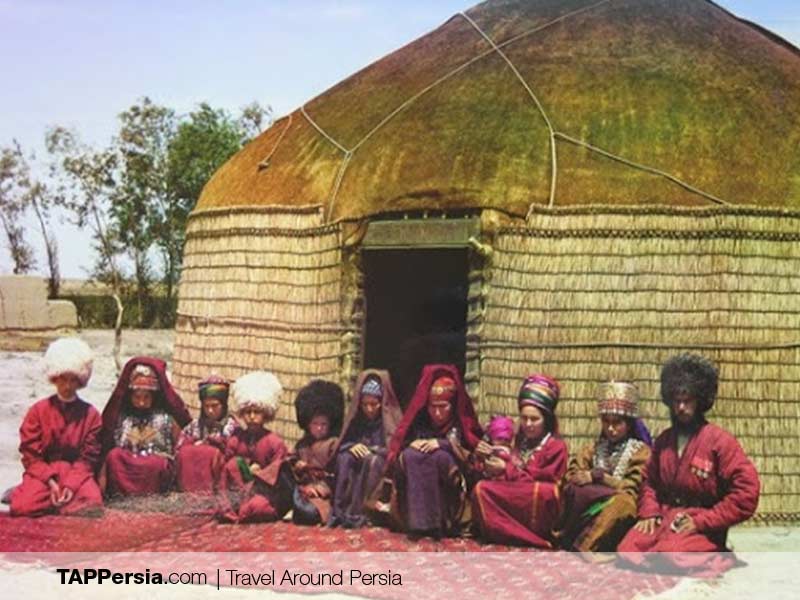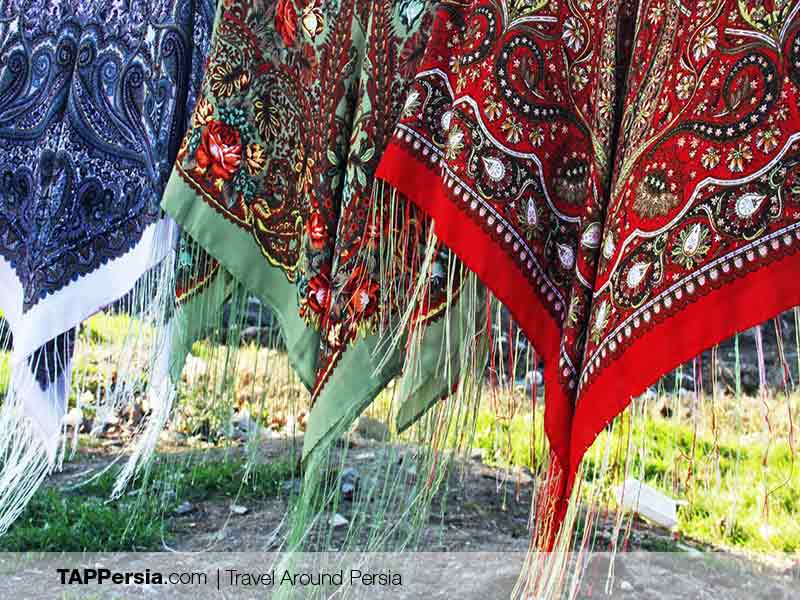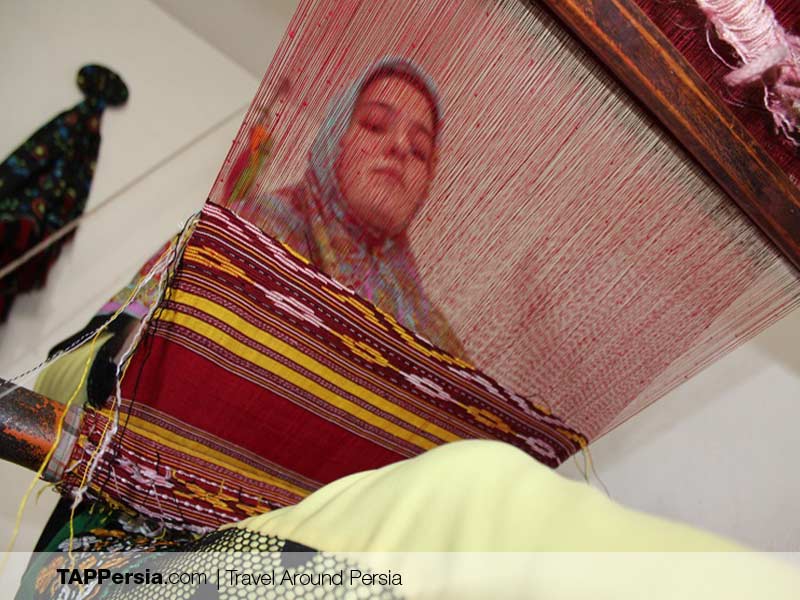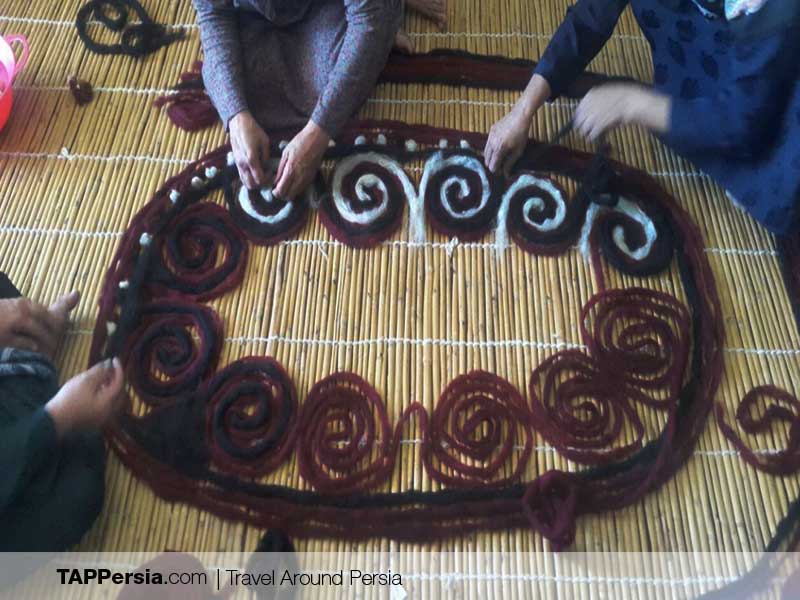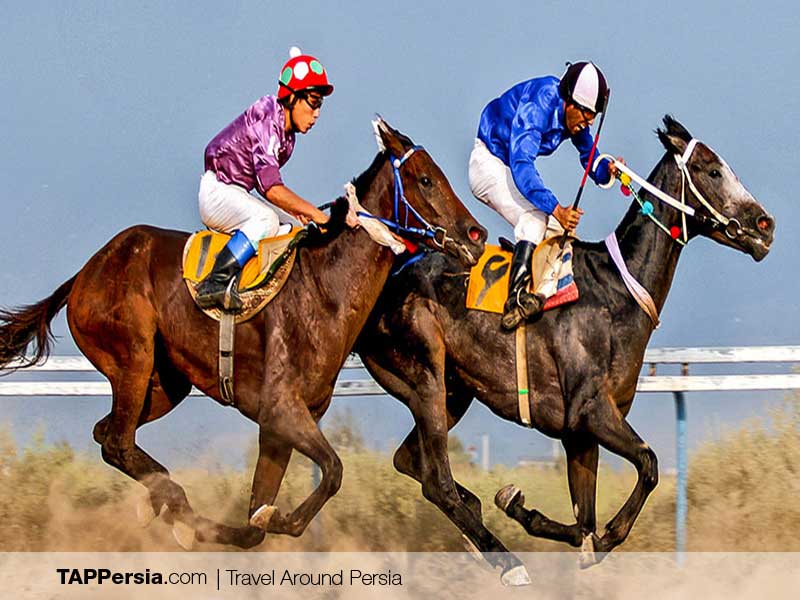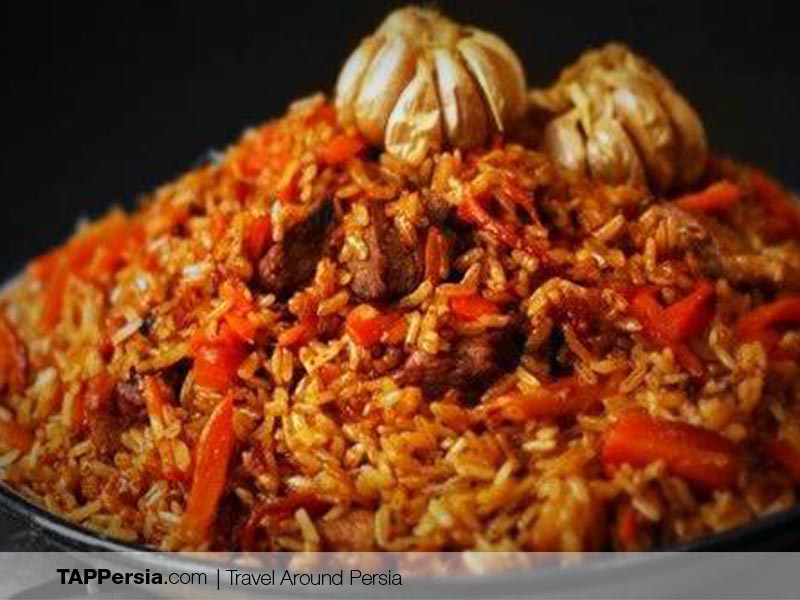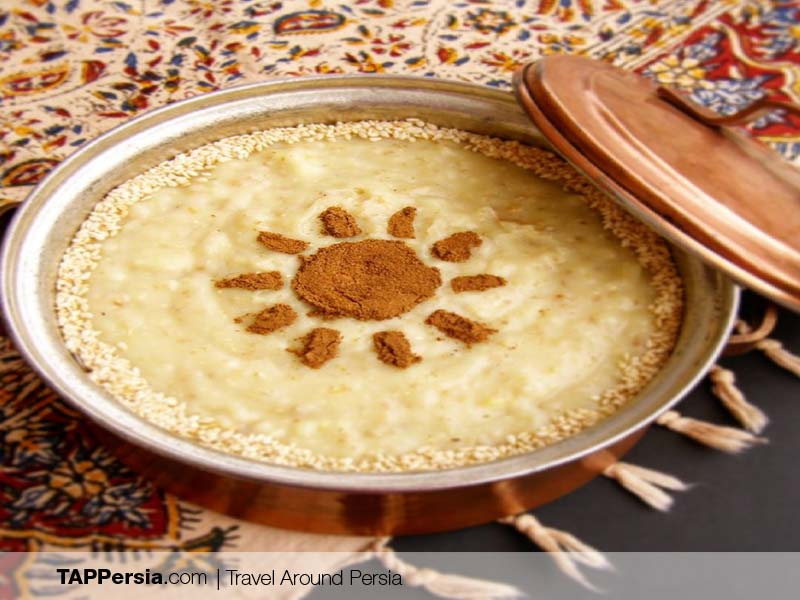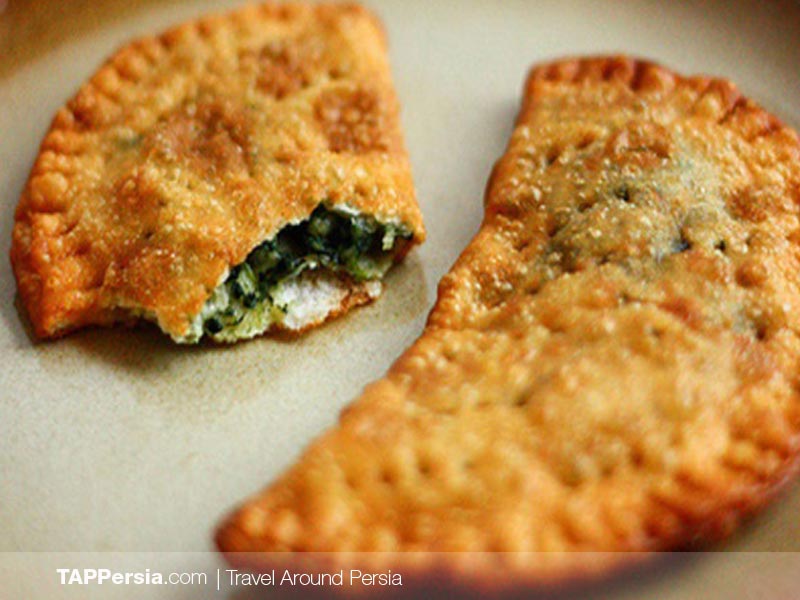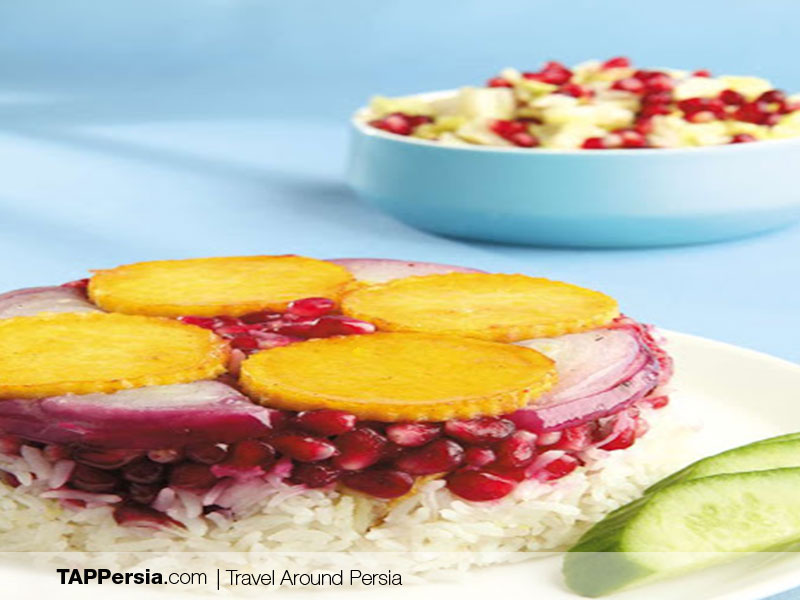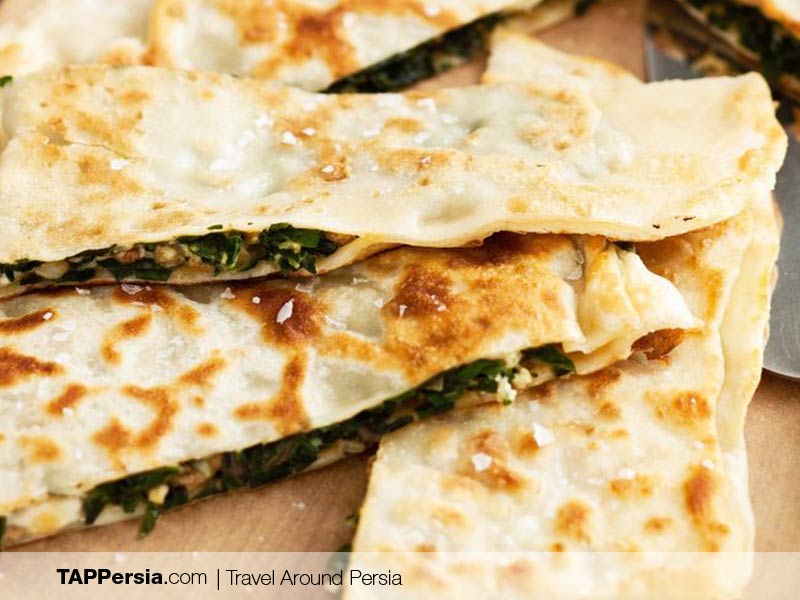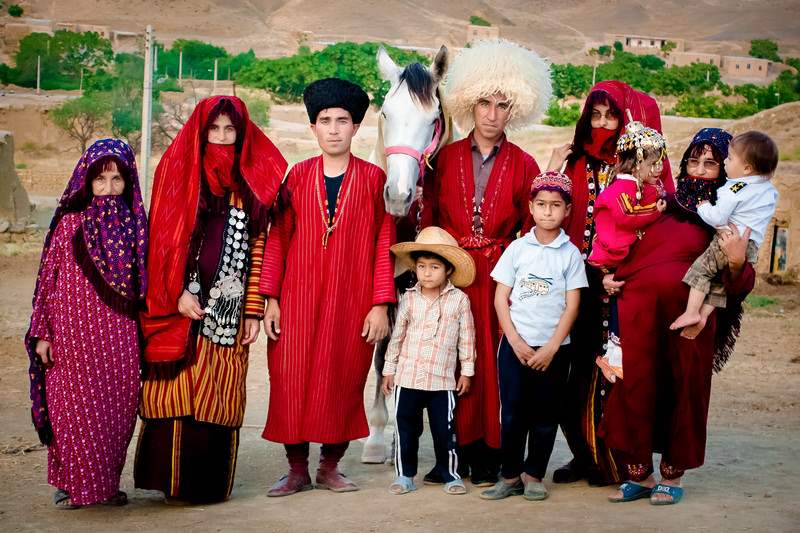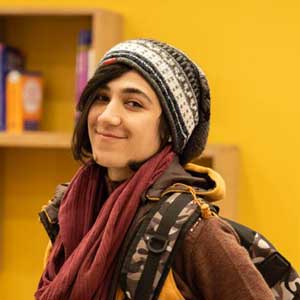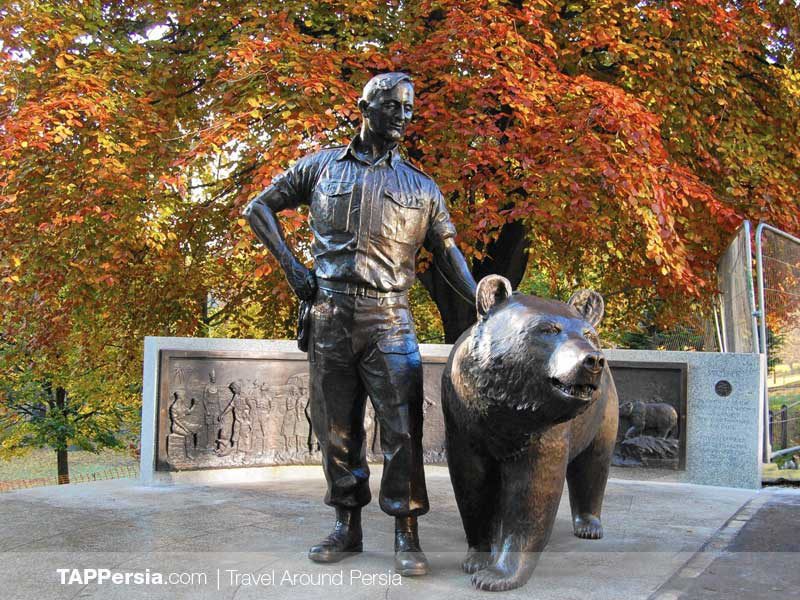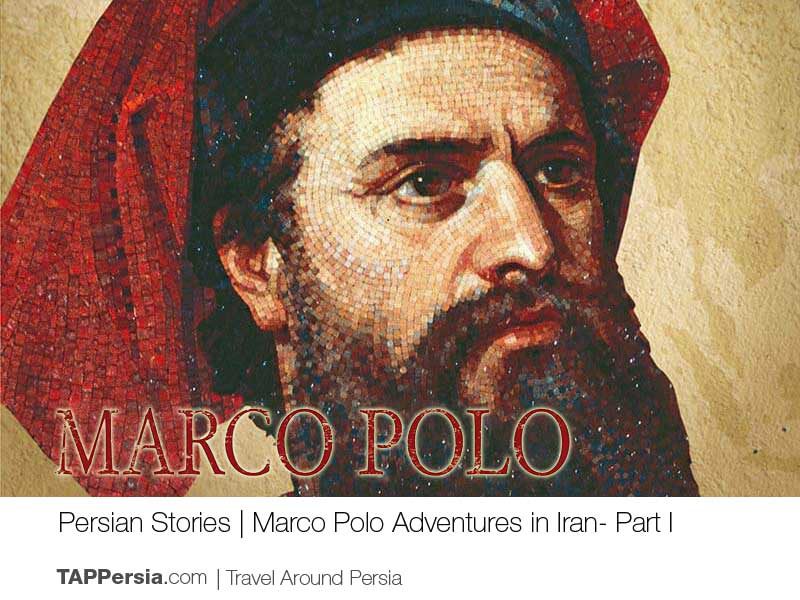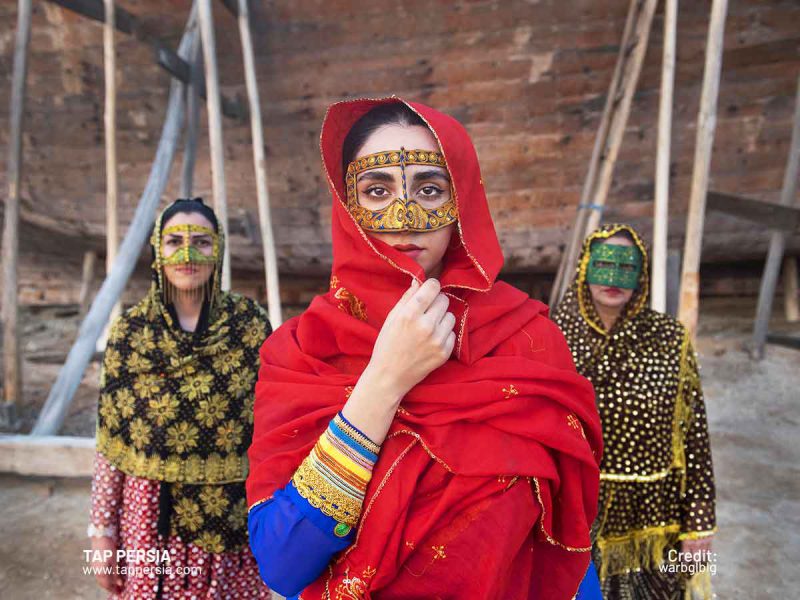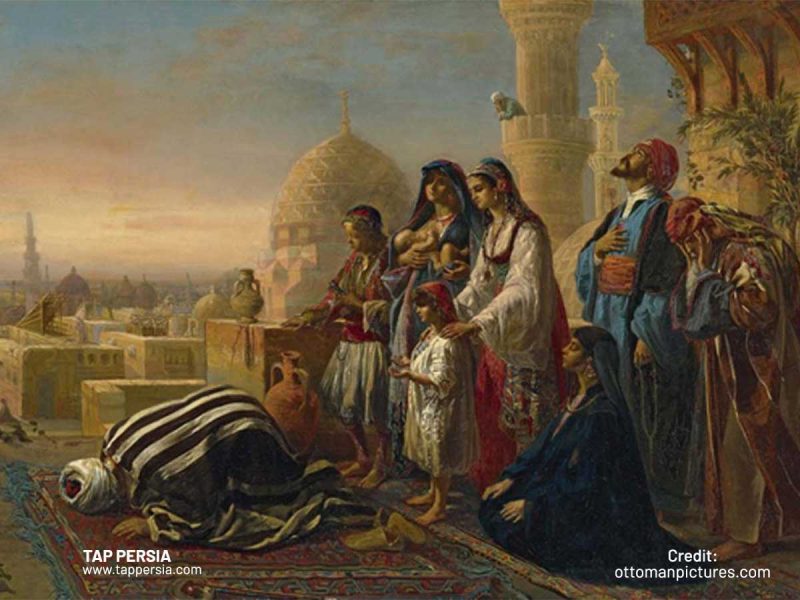(Iran Ethnicities in Details – Part 4 – Turk Ethnicity)
Previously in the Iranian ethnicity series, we learned about Gils, Mazanis, Kurds an Azeri Turks. We learned Turk ethnicity in Iran includes Azeri ethnicity, Turkmen ethnic, Qashqais, etc. In Part four we are going to dive a bit deeper into Iranian Turkmen ethnic life. We are going to figure out where they live, what they do, and what the Turkmens’ history and culture are.
Where Iranian Turkmens Live
A smaller group of Iranian Turks belong to Turkmen Ethnic. They mainly live in the northeast of Iran, the eastern parts of the Caspian Sea coast, and south of the Turkmenistan border. Substantially they live in Golestan Province. And some populations live in Mazandaran and Khorasan, too. The land they live in is called “Turkmen-Sahra”, Turkoman Desert. Non-Iranian Turkmens live in Afghanistan and Russia, also.
History Of Iranian Turkmens
Turkmens were nomadic herdsmen but today many of them are living sedentary as farm-men. Still a small group is living a semi-nomadic lifestyle. It is good news they are still loyal to their tribal traditions more or less. They say Turkmen is a word originated from an Arabic phrase; “Turk Man” meaning a Turk who believes in God. Or some say no, it is a Persian phrase. And in Perian “Man” means “I” and the phrase equals “I am A Turk”.
Turkmens are Sunni Muslims. Before Islam came to their area they believed in Buddhism, Manichaeism, and other religions worshiping nature and the sky. Iranian Turkmens and the Turkmens of Turkamanistan were all living together until Iran and Imperial Russia signed a treaty, the Treaty of Akhal in 1881. According to this treaty, the Turkmens were separated. A small part of them continues living their lives in Iran.
Turkmens’ Legends

Turkmens are three major tribes and they have a very interesting myth about how these three come to exist. They say once, there was a man who had three wives. When his first wife was pregnant she asks for food and he hunts a mouflon and brings her its liver. When the second was pregnant, she asks him the same thing and he hunts a sheep and brings her the liver. And for the third, he can find nothing so inevitably he hunts a wolf and brings her its liver. Any of these women give birth to one boy. And these three boys are the ancestors of the three Turkmen tribes, Golken, Yamut, and Teke. The Third child whose mom ate the wolf’s liver is the leader of the Goklen tribe. He is known for his bravery and warriorhood.
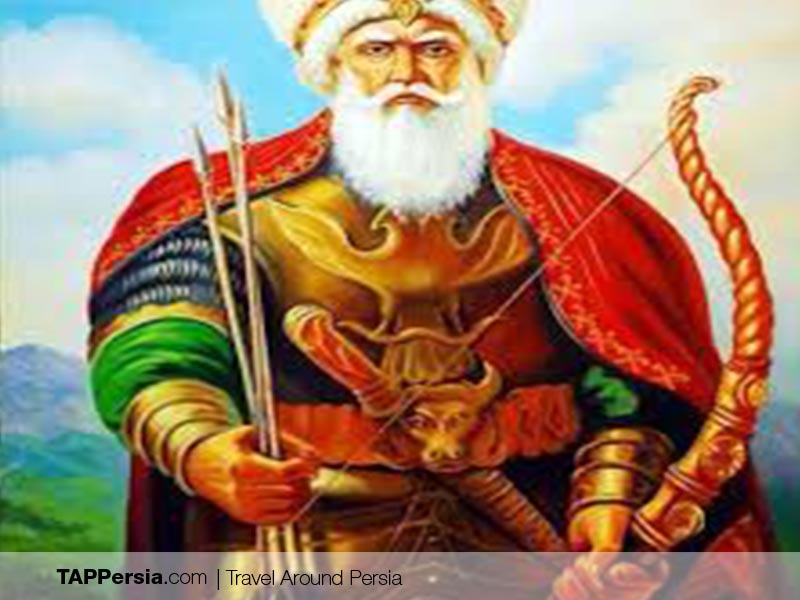
Some believe Turmens were the people living along Mongolia lake who left their homeland in the hope of finding rich pasturelands.
According to Turkmens, they are descendants of Oghuz Khagan. He is the legendary hero of these people. There is a myth about him that says after his birth he avoided feeding on his mother’s milk for three days. The third night he appears in his mother’s dream and tells her: “If you do not accept Islam as your religion, I won’t feed on your milk.” So his mother for the sake of her child becomes a Muslim which had its consequences but finally when Oghuz Khagan turns into a strong young man he gains victory and the leadership he was born for.
Iranian Turkmens’ Language
Iranian Turkmens speak the same Turkic language as Turkmenistan people. However, after years of separation between Iranian Turkmens and Turkmenistan people, change in their language has been inevitable. The language has the same roots as the Azerbaijani Turkic as well as Turkish and Qashqai but they have their own differences. Turkmens speak Farsi, too, as the official language of the country.
Iranian Turkmens’ Handicraft
-
Long Traditional Colorful Scarves
Turkmens are real artists actually. They are popular for the scarves they make with special traditional designs and colors. If you take a bus or ride on a car from Golestan to Mashhad you will see a lot of them on your way. In different spots on the way, there are some sellers and they hang the big colorful scarves on ropes for the passengers to see from a distance to pull over and buy.
-
Carpets and Kelim
Turkmen women are experts in weaving carpets and Kelim. Since they are kids they learn to weave. This art is kind of their language for saying their ancient stories. The geometric patterns they weave convey their history; their migrations, victories, etc.
-
Silk weaving
Silk weaving is another art that mainly the Goklen tribe attends to. Normally the colors are bright and the patterns are eye-catching. They use herbal dye to color the silk.
-
Namad-mali
“Namad” is “felt”. The process of matting wool to produce felt is called Namad-mali. In contrast to other parts of Iran where men do Namad-mali, among Turkmens women do that. To make good felt they use the spring wool of sheep. Turkmen women weave mouflon horn designs on their Namads.
These Namads are used as ground cloths, Showla, and so on. Showla is a long dress with no sleeves made of Namad. Shepherds use it in cold weather and it does magic in keeping them warm. Turkmen women usually do Namadmali for their own use, not for sale.
Turkoman horses
These horses are from Turkoman Desert. Their unique beauty is striking. Long neck, long muscular legs, Slender body, and the most amazing trait is their shiny hair that belongs only to their pure race. Despite their subtle beauty, they are one of the toughest horses in the world. Turkoman horse exports are forbidden.
Horses are so important and valid for Turkmens. And they use to live with them from the first days of their lives. The reason is the Turkmens’ lifestyle. Horses had a significant role in their lives. And they still do but not as much as the past. Their lives have been associated with horses so much that you can see it in their classic and contemporary literature. They have many poems, proverbs, and tales about horses.
Every year in spring and fall they hold horse riding competitions in Gonbad Kavoos, in Golestan. And Turkmens are huge fans.
Iranian Turkmens’ Food
-
Chakardameh
Chakardameh is the most popular food in Golestan. Have you ever been a Turkmen’s guest, you would never forget the taste. In its traditional way, they cook it in a particular pot, “Ghazan”. The ingredients are meat, onion, tomato, rice, oil, and spices. Simple but delicious. Sometimes they cook it with fish, too. Usually, they serve it with dough, a watery product of yogurt, and vegetables.
-
Bulâmeh
Bulâmeh is like Haleem. On the seventh day of a baby’s life, Turkmen women get together and cook Bulâmeh and celebrate together.
-
Ghâvoor Tamâchli
Ghâvoor Tamâchli is a bread. Like many other traditional breads, they cook it in Tanoor. Tanoor is a fire hole used as an oven. There are different kinds of Tanoor. The one that Turkmens use to bake bread is “Tâmdoor”. The dough is stuffed with onion and veggies. After adding some sheep tail fat, they will let it bake in Tamdoor.
-
Bâstermeh
Bustermeh is like Chakardameh, the base ingredient is rice. But here they use Ozone fish. The main ingredient that is special about it is Pomegranate. Other ingredients as you can guess are onion, potato, and spices.
-
Burek
Burek looks like dumplings. Ramadan is when they normally bake it. Minced meat, mashed potatoes, onions, and salt are the mixture ingredients. Then stuff the mixture into the dough. And as the last step, fry them. And FinallyThey are ready to serve.
Iranian Turkmen Ethnic Clothing
One of the attractive tips about Iranian traditional clothing is its Dynamics. Meaning through the time, by every event people have to go through as their country’s history has affected their clothing, too. If we study Turkmen clothing as well as any other ethnicity in Iran we can see the changes that each period and event has had on them. For example, we can see some obvious changes relating to the time Arabs’ reached these parts of Iran. Or their beautiful Boruks, decorated hats, reminds of the Timurid dynasty.
And now as always as we come to the end of our journey let’s enjoy the beauty of their clothing and not to confuse you with a lot of weird names and phrases.




